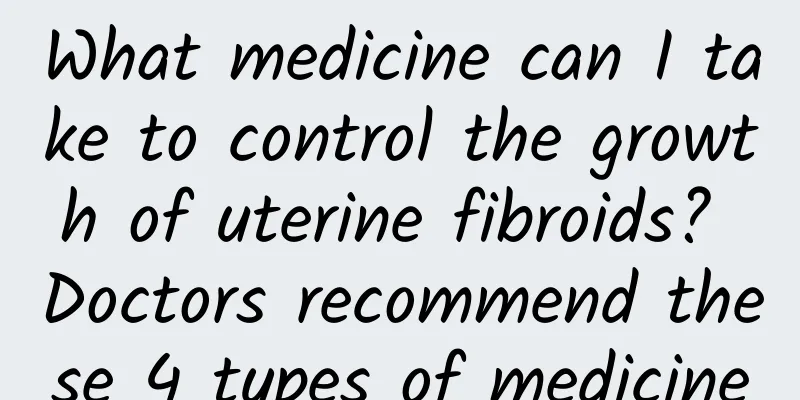How to treat cervicitis?

|
The treatment of cervicitis requires the selection of appropriate methods based on the cause and severity, such as antibiotics, physical therapy or surgical intervention. The specific method needs to be evaluated and formulated by a doctor. Cervicitis is often caused by bacterial or viral infection, poor hygiene habits or low immunity, and is usually divided into two types: acute and chronic. Acute cervicitis is mostly caused by infection with Neisseria gonorrhoeae, Chlamydia or other pathogens, causing local redness, swelling, pain and increased secretions; chronic cervicitis often forms lesions such as erosions, polyps or cysts due to long-term inflammatory stimulation. In terms of treatment, mild infections are often treated with antibiotics, such as cephalosporins for gonococcal infections, azithromycin for chlamydia infections, or metronidazole for anaerobic infections. For cervical erosion caused by chronic inflammation, doctors may recommend physical therapy, including laser, cryosurgery or high-frequency electrosurgical treatment. If symptoms such as cervical polyps or cysts appear, further treatment can be performed through surgery such as cervical polypectomy, LEEP knife surgery, etc., but the possibility of malignant lesions must be ruled out. During treatment and recovery, patients should follow professional advice and avoid abusing drugs or taking unscientific treatments. Keep clean and avoid frequent washing and unsafe sex. Strengthen immunity and improve physical health through a balanced diet, more vitamins, and regular exercise. Have regular gynecological examinations, especially for patients with chronic cervicitis, to prevent recurrence or deterioration of the disease. If symptoms recur or are accompanied by abnormal bleeding or lower abdominal pain, seek medical attention immediately to ensure the timeliness and effectiveness of treatment. |
<<: Is it dangerous if hydatidiform mole metastasizes to the lungs?
>>: Symptoms of ectopic pregnancy on the ovary
Recommend
What to eat for thick endometrium
What is good to eat when the endometrium is thick...
What to do if pregnant women have vulvar itching
Pregnant women are a group of people who need spe...
My breasts hurt when I touch them during menstruation
My breasts hurt when I touch them during menstrua...
How long does it take to get your period after a miscarriage?
How long does it take to get menstruation after a...
How to cure pelvic inflammatory disease
How to cure pelvic inflammatory disease? The emer...
Women must do a good job in preventing cervical erosion in their lives
Cervical erosion is a very serious gynecological ...
Several common dietary treatments for chronic cervicitis
With the continuous progress of medical research,...
Can I have an abortion while my baby is still breastfeeding? What are the misunderstandings about abortion that need to be avoided?
Many expectant mothers get pregnant again soon af...
Which abortion method causes the least harm? How to recuperate after abortion?
If you want to have an abortion after pregnancy, ...
How to treat uterine fibroids better? Surgical treatment of uterine fibroids
Uterine fibroids are a common gynecological disea...
Experts tell you what women should eat during menstrual cramps
The phenomenon of severe abdominal pain during me...
What are the symptoms of irregular menstruation?
What are the symptoms of irregular menstruation? ...
What is the pain in the lower body after miscarriage?
What's wrong with lower body pain after misca...
Is the infection rate high after Bartholinitis surgery?
Bartholinitis is not commonly heard of among fema...
Does uterine fibroids require surgery? Are uterine fibroids benign tumors?
Clinically, uterine fibroids fall into the catego...









